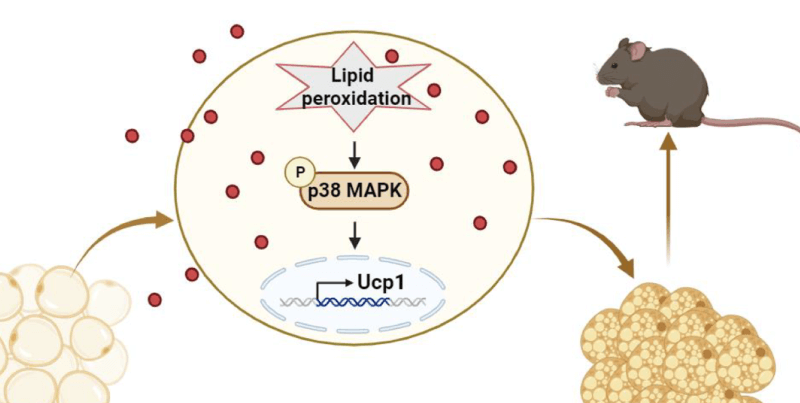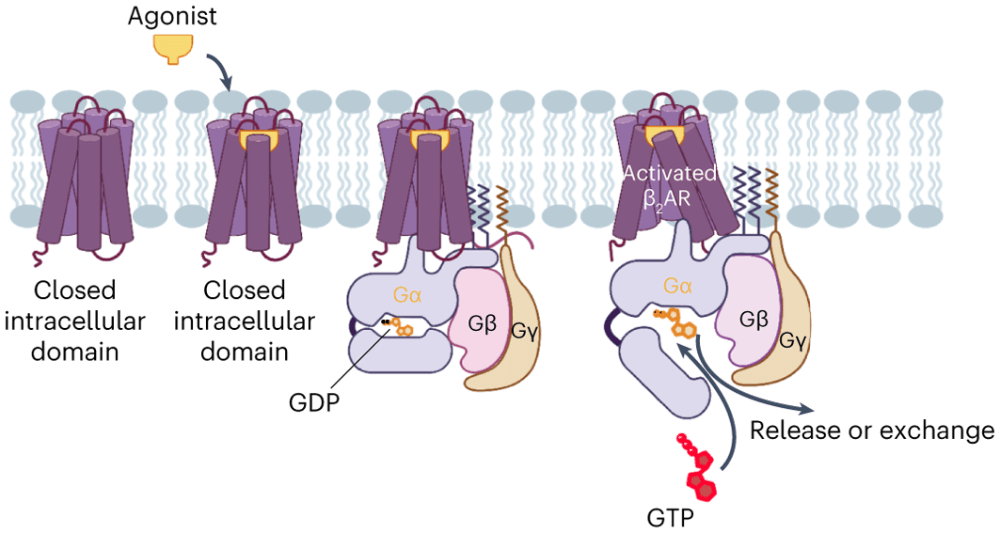Table of Contents
Clenbuterol, a potent β2-adrenoceptor agonist, is renowned for its ability to induce muscle fiber hypertrophy and accelerate the transition from slow- to fast-twitch muscle fibers. Historically, studies have focused on high doses, but emerging research suggests that even low doses can significantly impact muscle composition and energy metabolism. This exploration dives into a detailed study about how Clenbuterol affects rat metabolism, focusing on male Wistar rats received a low dose of clenbuterol, illuminating its effects on muscle myosin heavy chain (MyHC) isoforms and energy dynamics. By understanding these changes, researchers can better grasp clenbuterol’s potential applications in medicine and athletics.
Clenbuterol’s Low-Dose Protocol
In this rigorous eight-week study, researchers divided male Wistar rats into two groups:
- Clenbuterol Group: Eight rats received 250 μg·kg body mass^-1·day^-1 of clenbuterol subcutaneously.
- Control Group: Six rats received an equivalent volume of saline as a placebo.
Researchers aimed to scrutinize the effects of this low clenbuterol dosage on:
- Myosin heavy chain (MyHC) isoform content in skeletal muscles.
- Concentrations of adenine nucleotides (ATP, ADP, and AMP).
The primary muscles examined were:
- Extensor digitorum longus (EDL): Predominantly fast-twitch fibers.
- Soleus: Mainly slow-twitch fibers.
The study targeted the areas most likely to show clenbuterol’s effects by focusing on these specific muscles, providing a clear view of how even low doses can modify muscle physiology.
Key Findings
The study’s findings were revealing, with significant changes noted in both the soleus and EDL muscles:
- Soleus Muscle Transformations:
- The type IIa MyHC content increased dramatically from about 0.5% in control animals to roughly 18% in treated rats.
- This was coupled with an approximate 19% rise in the total adenine nucleotide pool (TAN), enhancing the muscle’s energy reserve.
- The energy charge, a critical indicator of cellular energy status, improved by about 4%.
- EDL Muscle Adjustments:
- The type I MyHC content, less common in the EDL, completely disappeared post-treatment, showcasing a shift towards faster muscle actions.
- Unlike the soleus, the EDL did not show TAN or energy charge changes, indicating a specific adaptation pattern in muscle fibers due to clenbuterol.
These results underscore clenbuterol’s capability to alter muscle type and enhance metabolic capacity in a muscle-specific manner.
Implications and Further Research
The implications of these findings extend beyond basic muscle physiology, suggesting potential applications in clinical and sports settings:
- Medical Applications: An improved understanding of muscle fiber adaptations could lead to better strategies for treating muscle degeneration diseases.
- Athletic Enhancement: Knowing how clenbuterol alters muscle composition and energy utilization could refine its use in sports, ensuring safer, more effective outcomes.
Moreover, further research could explore:
- Long-term effects of low-dose clenbuterol on muscle function.
- Comparative studies with other doses to fine-tune our understanding of dose-dependent dynamics.
How Clenbuterol Alters Muscle Fibers
Clenbuterol functions by mimicking the action of adrenaline and noradrenaline, substances naturally produced in the body. This interaction primarily influences the β2-adrenergic receptors on muscle cells, triggering a cascade of biological processes that lead to various changes in muscle composition and function. Here’s how clenbuterol acts at a cellular level:
- Activation of Muscle Growth Pathways:
- Clenbuterol stimulates pathways that increase muscle protein synthesis, which is essential for muscle growth and repair.
- It reduces the rate of protein degradation, tipping the balance towards muscle buildup.
- Transformation of Muscle Fiber Types:
- By affecting gene expression related to different MyHC isoforms, clenbuterol induces a shift from type I (slow-twitch) to type II (fast-twitch) fibers. This shift is crucial for activities requiring quick, powerful bursts of energy.
- Enhancement of Muscle Metabolism:
- Increases in enzymes involved in glycolysis and oxidative phosphorylation occur, boosting the muscle’s capacity to generate ATP, the cell’s primary energy currency.
These mechanisms collectively explain the increased presence of type IIa fibers in the soleus muscle and the disappearance of type I fibers in the EDL muscle observed in the study.
Potential Risks and Ethical Considerations
While clenbuterol’s effects on muscle enhancement are promising, its use is not without risks, and ethical considerations must be addressed, especially in sports:
- Health Risks:
- Potential side effects include heart palpitations, involuntary trembling, headaches, and heightened blood pressure, which pose significant health risks.
- Long-term use can lead to cardiac issues, particularly hypertrophy of the heart muscles, which can be fatal.
- Doping and Fair Play:
- Clenbuterol is banned in competitive sports by most sports governing bodies due to its performance-enhancing effects.
- Ethical debates continue regarding its use, as it provides an unfair advantage and can lead to health risks.
Educating athletes and coaches about these risks and maintaining stringent doping controls are essential for ensuring safety and fairness in sports.
Future Directions in Research and Application
Given the substantial effects of clenbuterol observed at low doses, future research should explore several avenues to optimize its benefits and minimize risks regarding how Clenbuterol affects rat metabolism :
- Dose-Response Relationship:
- Further studies should investigate the precise dose-response curve to identify the optimal dose that maximizes benefits while minimizing side effects.
- Combination Therapies:
- Researching clenbuterol with other treatments could enhance muscle recovery and growth with reduced side effects.
- Regenerative Medicine:
- Clenbuterol’s potential in regenerative medicine, especially in recovering muscle function in degenerative diseases or after injuries, could be explored.
Final Verdict
This study deepens our understanding of clenbuterol’s effects at lower, safer doses and challenges the prevailing notions about its use in medical and athletic contexts. Documenting significant changes in muscle composition and metabolism paves the way for future investigations that could ultimately enhance muscle recovery and performance in various scenarios.
As we continue to explore how Clenbuterol affects rat metabolism, it remains a critical component in the broader conversation about muscle health and optimization.







